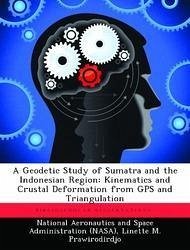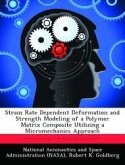Indonesia is a tectonically complex region located where the Eurasia, Australia, Pacific, and Philippine Sea plates converge. This dissertation presents the analysis of geodetic GPS data collected in Indonesia from 1989 to 1994 and historical triangulation data collected in Sumatra in the late 1800s and early 1900s. The GPS data yield a horizontal velocity field, precise to within 1-2 cm/yr, referenced to a global frame. The velocity field in Indonesia shows that the regional tectonics can be described as several rigid blocks interacting in a convergent setting. Rotation parameters for these blocks are estimated from the horizontal velocities, and block interactions are discussed in connection with tectonic features and recent seismicity. An important result of this analysis, the Sunda Shelf block appears to be stationary relative to the Eurasia plate. The Sumatra velocity field shows NW-SE segmentation of strain accumulation on the forearc, suggesting that south of the equator the Sumatra subduction zone is fully locked, while to the north it is less than 50% coupled. The abrupt change in plate coupling coincides with the boundary separating rupture zones of the 1833 and 1861 (M greater than 8) subduction earthquakes, suggesting that seismic segmentation is controlled by properties of the plate interface that persist through more than one earthquake cycle. Analysis combining the Sumatra GPS data with triangulation measurements reveals a detailed slip history along the Surnatran Fault. The long-term (1883-1993) strains show right-lateral shear, with rates similar to 1989-1993, GPS measured, strain rates. The arc-parallel components of the combined velocity field are consistent with slip rates inferred from GPS data, ranging from 23 to 24 mm/yr between 1.0 S and 1.3 N. Here the Sumatran Fault is characterized by deep locking depths (approximately 20 km), and the occurrence of large (M (sub w) approximately 7) earthquakes. Coseismic deformation due to the 1892 and 19
Bitte wählen Sie Ihr Anliegen aus.
Rechnungen
Retourenschein anfordern
Bestellstatus
Storno









